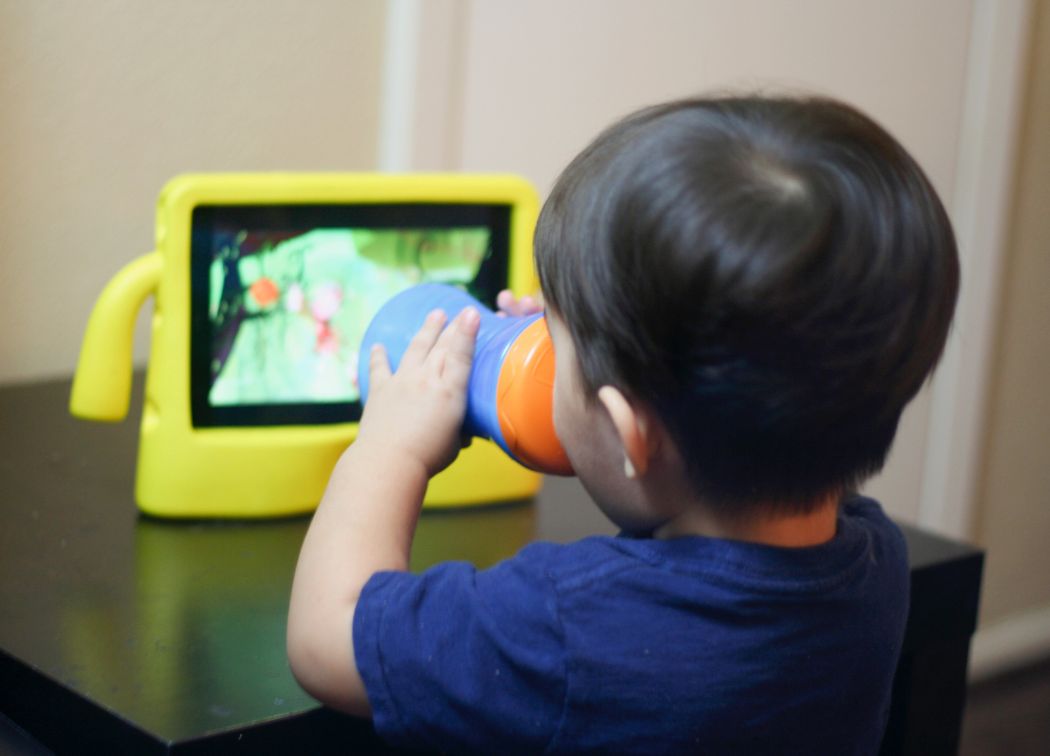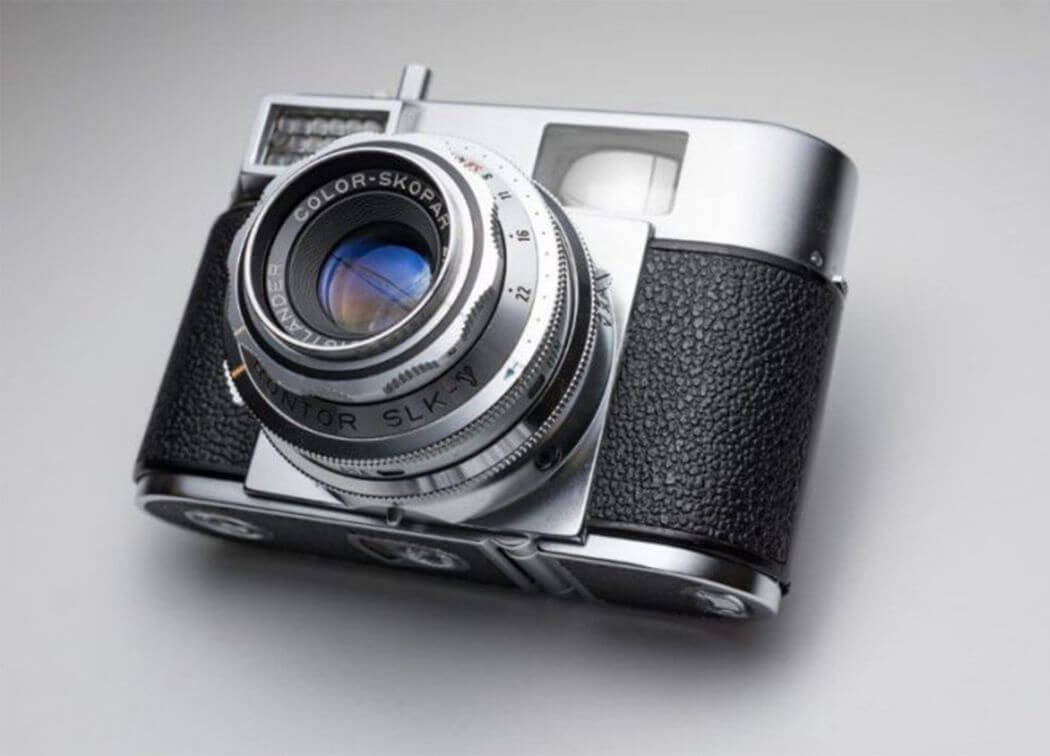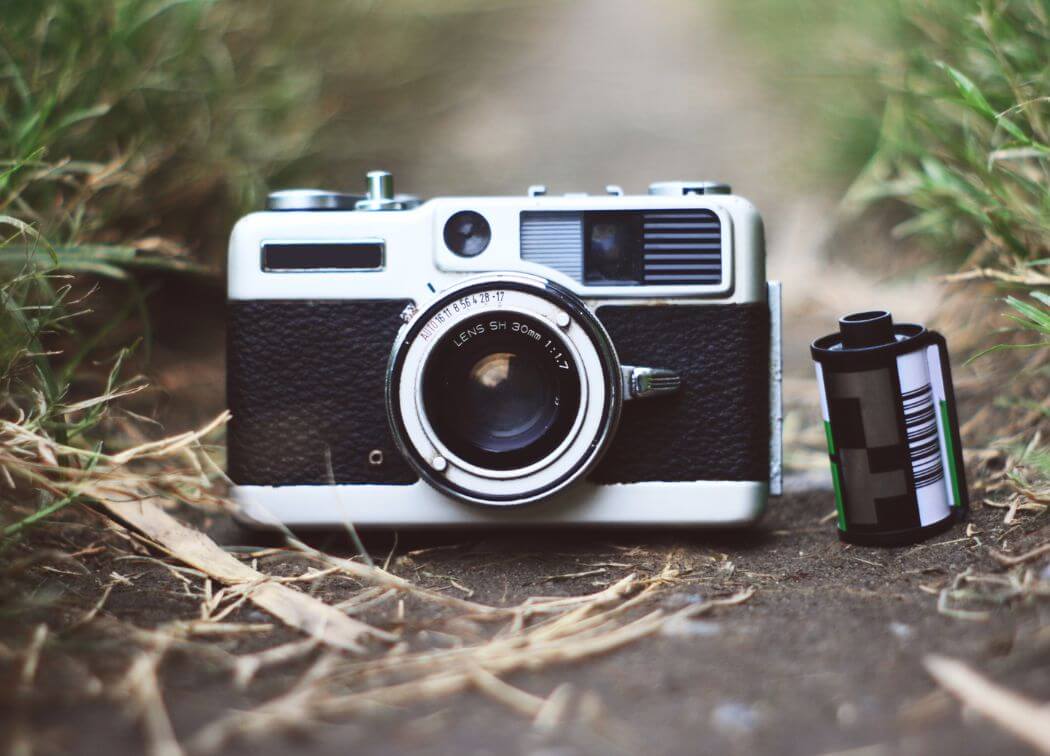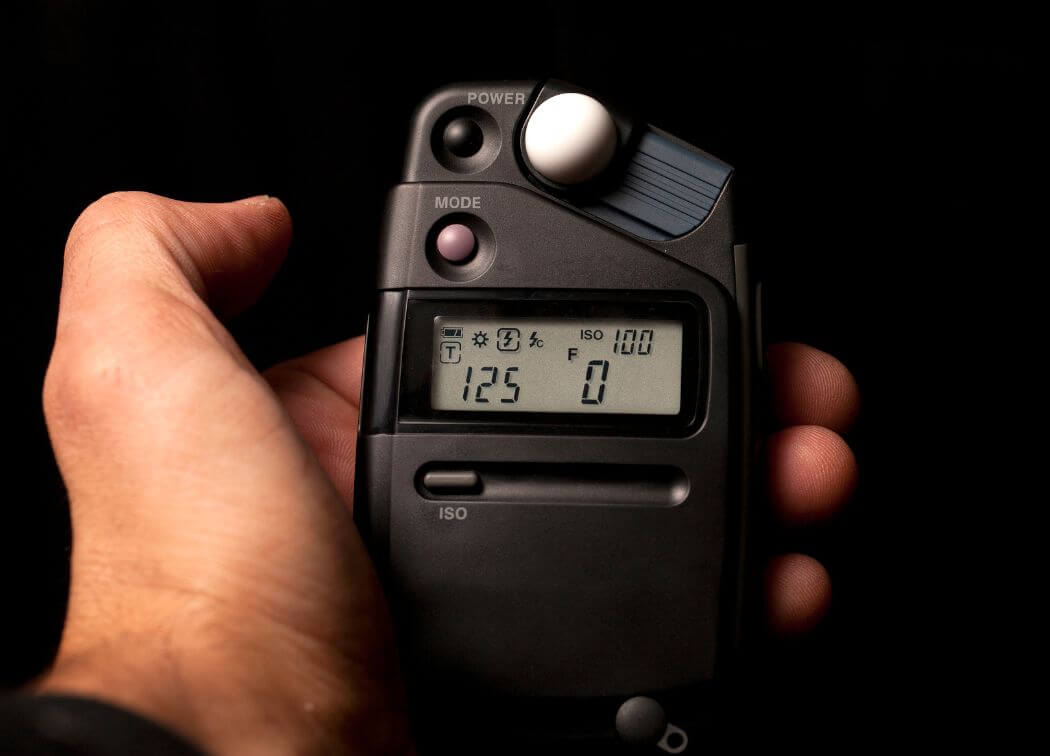In the post, I am going to describe the essential concepts, composition techniques, basic camera settings, locating subjects, etc.
While I personally like to do minimalist landscape photography in the winter, it can really be done any time of year. Let’s get right into it!
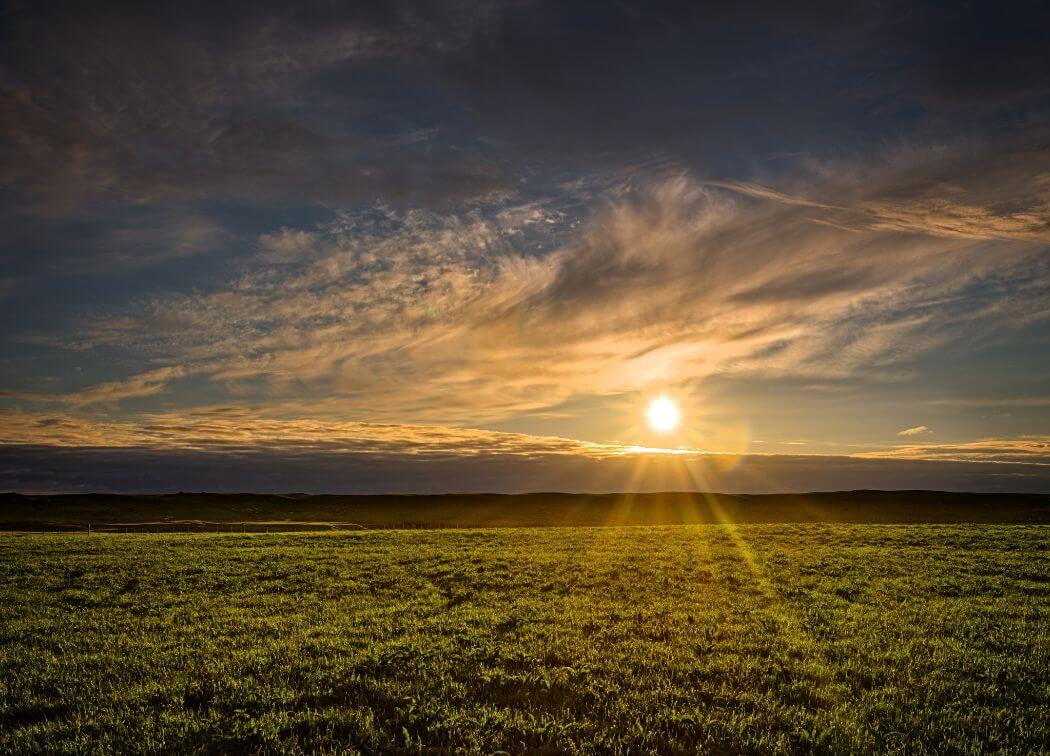
What is minimalist landscape photography?
This is a style where the saying: “less is more” comes into play. The primary goal of minimalist landscape photography is to use the least amount of visual information possible to evoke an artistic impression. To elicit an emotional feeling from the viewer. This is typically accomplished through the following attributes:
- A single subject, object or small grouping of objects
- Lots of negative space, i.e., the area of the scene all around the subject
- Smallest practical variety of contrasting colors
Minimalist landscape photography fully embraces and celebrates the beauty and elegance of simplicity. This is a very subjective form of photographic art. What may seem rather simple to one person, may evoke a strong feeling in another.
What seems minimal to one person, may seem busy to another. And so forth. Some people like black and white photography, others prefer color. It is also possible that the background is the subject, and there is no primary object there at all, only visual space.
Minimal is in the eye of the beholder
The images that accompany this post are examples of what I personally consider to be good minimalist landscape photography.
However, you need to decide what speaks to you. Don’t try to create images you think other people will like. Create what you like! There will be others out there that appreciate the scene the same way you do.
Composition tips for minimalist landscape
With a single subject, and high amount of negative space, the composition is the most important element of the scene. However, there are really only a small handful of possible options. Place the subject in one of these composition zones; one of the four quadrants, one of the four center lines, dead center of the scene.
Picking the right composition is a matter of taste. In the photo at the top of the post, because the subject is a series of pylons descending into the misty water, a dead center composition makes sense. In the single tree photo above, having the subject in the lower right quadrant seemed right.
There may be times when you want the background (negative space) to be equal or more predominant. This is useful when you want to create a sense of scale or in some cases foreboding. When you are undecided, take several shots using different placements, look at them later and decide which feels right for the subject matter.
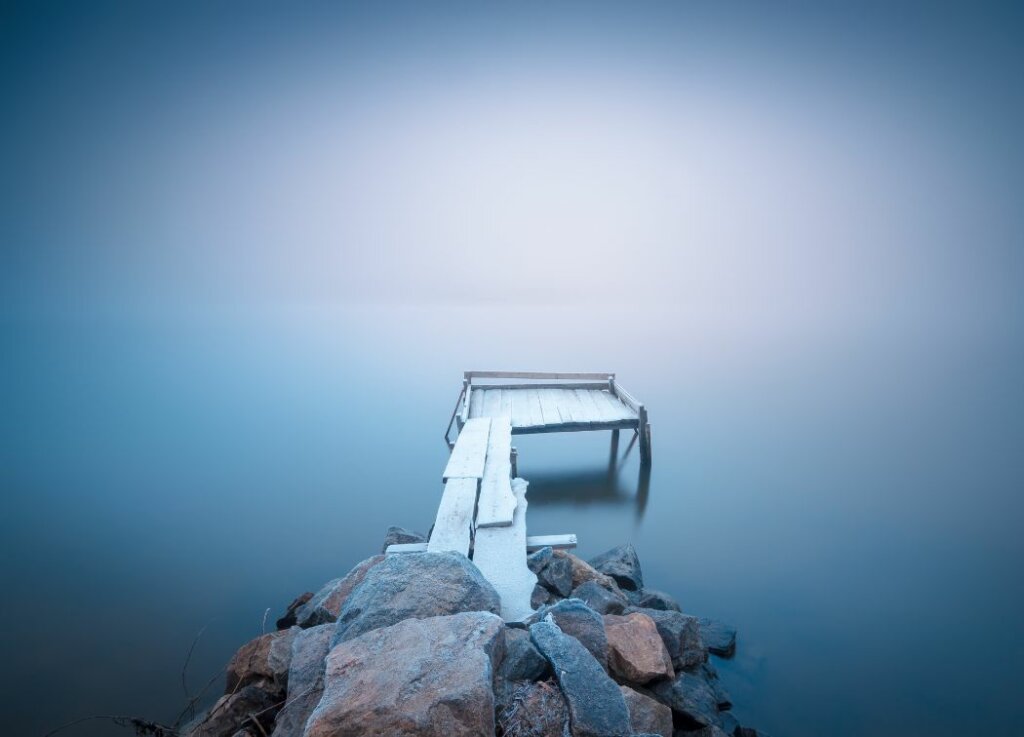
How to find minimalist landscape scenes to photograph
You need to seek out open space. Spaces with a low object count and minimum extra visual information to distract from the primary subject. Sometimes those spaces are on the ground, sometimes they are in the sky, and sometimes they are both like the image below.
Minimalist Ocean
When I am looking for locations for minimalist landscape photography, here are a few areas I seek out:
- The coast / ocean
- Big flat open valleys / farmland
- Hills with little / low vegetation
- Open sky as a backdrop
All of these locations can lend themselves to minimal compositions. By the way, I recently did a post on how to find interesting subjects for photography you might want to take a look at after reading through this one.
But you may not have to do too much looking around. Also remember to get down low and/or close to subjects. Small area scenes can be just as compelling as big wide-open spaces. The photo below is just such an example of minimal composition using a small object in my own front yard.
Camera settings for minimalist landscape photography
While I am going to provide some general settings that I believe fit the style, I would also encourage experimentation. Generally, in landscape photography you are looking for good focus sharpness throughout the depth of the scene.
But sometimes, having a shallower depth of focus on the primary subject and allowing some blur on the background may produce a nice effect.
To get a large depth of focus, go into Av (Aperture Value priority) mode and set the aperture on the lens to F11. Set the ISO on 100 or the lowest setting you have. The camera will set the shutter speed accordingly.
Likely that is going to be a slightly longer exposure which is great for minimalist landscape photography. Therefore, mounting your camera on a tripod is highly recommended. You may also want to use a remote shutter release to avoid shaking the camera by touching it.
About your focal length
Focal length can vary greatly depending on the subject and the scene. I use a high-quality zoom lens with a range of 24mm to 105mm for maximum flexibility.
Long exposure for minimalist landscape photography
As I mentioned briefly in the previous section, longer exposure is great for minimalist landscape photography. Take a look at the photo at the very top of this post, long exposure is how the misty look around the pylons was created. Use a shutter speed of around 20 seconds to make the water that misty.
In order to do exposures long enough to create misty water effects, you will need to employ a neutral density filter. This will allow for a long shutter setting without over exposure.
I recommend a variable filter that ranges from ND2 to ND400 giving you from 1 stop to almost 9 stops of light reduction. You will use the ND filter in combination with a higher F/stop value to get the correct light reduction for a 20 second exposure.
About ND filters
You might be tempted to buy a budget filter, and maybe if you are just experimenting that might be ok. If you ever intend to get a really good result, going with something better will reduce the artificial coloration cheaper filters often impart.
A filter like the Gobe 2Peak Variable ND is a good quality, and reasonably priced option. Just be sure to get the one sized for your lens.
Conclusion
This style of photography is not everybody’s cup of tea. Some people love it, some people find it lacking. But if you love it, that’s all that matters. You will find plenty of others who agree with you.
I could go on for pages and pages describing camera settings for each scenario, every possible composition option, etc. But this is supposed to be minimalist landscape photography made simple. If I added any more it would quickly stop being simple.
I hope that I have given you plenty to get started and some pointer in the right direction. Further experimentation and practice will help you develop your own perspective in this wonderful style.



